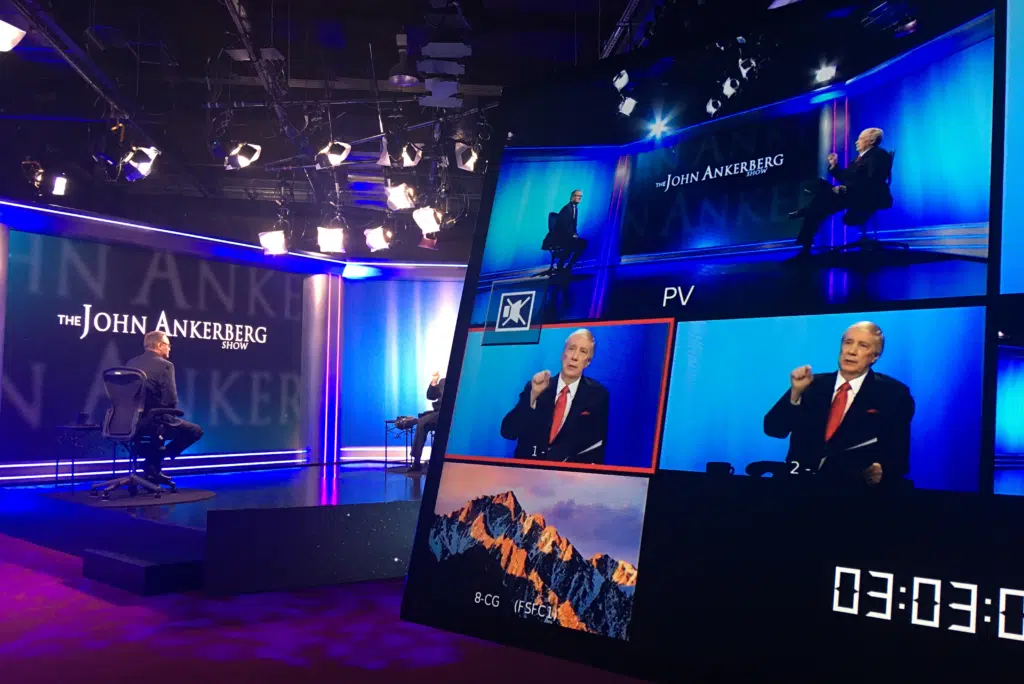Star of Wonder 2020?
“We Three Kings” is a popular Christmas carol composed in 1857 by John H. Hopkins for a New York City Christmas pageant. The Bible in Matthew 2:1-12 refers to the visit of the Magi, wise men from the east who visited the Holy Land and presented Jesus with gifts. They stated, “We saw his star in the east and have come to worship him” Matt. 2:2b (NIV). “We Three Kings” musically chronicles the visit of the Magi.
The star of Matt. 2:2 is called the “Christmas Star” or the “Star of Bethlehem.” In this Christmas season 2020 many commentators see significance in the current appearance of an astronomical phenomenon that very rarely appears in our skies. Has the original Christmas star made a return visit during this Advent season? Is it the same “Christmas Star” that appeared at the birth of Jesus? Many are fascinated by this prospect—its timing together with its astronomical rarity.
To what astronomical rarity do we refer? Jupiter and Saturn, largest planets in the Solar System, present a beautiful sight in our dark skies. Jupiter, the largest of the four ‘giant planets,’ and Saturn, a close second, possess significant brightness in dark skies, but rank second and third to the brightness of planet Venus. Individually, Jupiter and Saturn are magnificent to the naked eye. Their orbits are generally coplanar: they revolve about the sun in more or less the same plane. On some occasions their coplanarity is responsible for providing a visual meeting,but they are notreallyclose to one another. Their visual proximity is known as a conjunction.
All celestial conjunctions are not equal. Conjunctions between astronomical bodies are fairly common. For instance, sky watchers are fascinated when the moon in its movements appears to come close to a visible planet or a star. Conjunctions between bright planets are more noteworthy. Very close conjunctions generate the most excitement among astronomy buffs. When an extremely close conjunction between two of the brightest planets in the heavens occurs, public excitement is heightened.
On December 21, 2020 an exceedingly significant conjunction of Jupiter and Saturn occurs. Coincidentally, that date is the date of the winter solstice in the northern hemisphere, an important astronomical event. It is, in addition, the heart of the Christmas season. The two planets will be merely 0.1 degree away from each other, not enough to visually separate the combined light for many people. Others with outstanding visual acuity may be able to separate the planets’ light. Since November 1 the planets have been closing the visual gap between them.
The 2020 event is the closest Jupiter/Saturn conjunction since 1623 AD, but it was not as observable as a similar conjunction in 1226 AD owing to a more favorable distance from the sun’s brightness. A conjunction this close will not occur again until 2080. Conjunctions are not rare, but a combination of circumstances makes the event extraordinary.
Returning to the possibility that the “Christmas Star” of Matthew 2 has made a return visit, we have discovered many possible physical and spiritual explanations for the ancient coincidence of Jesus’ birth and the appearance of a “star.” Much speculation has centered around the unusual appearance of a planet or planets, a comet, or even a supernova. There is plentiful speculation about unusual appearances of conjunctions or other unusual astronomical phenomena, especially within this time frame. Several planetary conjunctions occurred around the time when Jesus was a young child.
Matthew 2 refers to a star the Magi had seen in the east which also went ahead of them from Jerusalem to Bethlehem to guide them to the child Jesus. In their home country they may have focused on an astronomical/astrological heavenly object “at its rising.” It is called a “heliacal rising,” related to the progression of seasons.
We are more confident that the star which “went ahead of them until it stopped over the place where the child was” is an example of a transcendent miracle. Such miracles are sometimes referred to as manifestations of the Shekinah Glory: a phenomenon denoting the visible presence God among men.
Should we assign the marvelous conjunction of Jupiter and Saturn on December 21, 2020 to a spectacular return of the “Christmas Star?” We prefer to join with Reasons to Believe president Dr. Hugh Ross. He states, in reference to the star and the visit of the Magi to the child Jesus, “What strikes me as the most important part of the account is its illustration of the hope and faith the Magi placed in the promised Messiah.”




